 Redspotted Stream Crayfish
Redspotted Stream Crayfish
Entry Type: Thing - Starting with R
 Redspotted Stream Crayfish
Redspotted Stream Crayfish
Reeves-Melson House
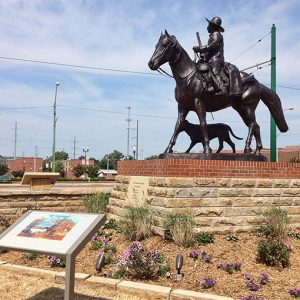 Bass Reeves Statue
Bass Reeves Statue
 Regal Burrowing Crayfish
Regal Burrowing Crayfish
 Remmel Card
Remmel Card
Remmel Dam
aka: Lake Catherine
 Remmel Dam
Remmel Dam
 Remmel Dam Plaque
Remmel Dam Plaque
 Remmel Dam Turbines
Remmel Dam Turbines
 Remmel Dam Construction Plaque
Remmel Dam Construction Plaque
 Remmel Dam
Remmel Dam
 Representative Aspidogastreans
Representative Aspidogastreans
Reptiles
 Republican Stickers
Republican Stickers
 Research Center Headquarters Sign
Research Center Headquarters Sign
 Research Sheep
Research Sheep
Resolute
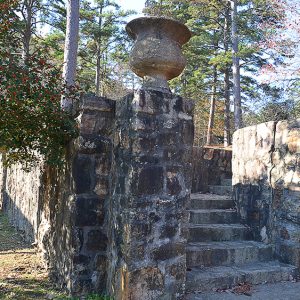 Retaining Wall
Retaining Wall
Revenge of Bigfoot
aka: Rufus J. Pickle and the Indian
Revenue Stabilization Act
aka: Act 311 of 1945
Rialto Theater (El Dorado)
 Rialto Theater
Rialto Theater
 Rialto Theater Side Entrance
Rialto Theater Side Entrance
 Ribbon Worm
Ribbon Worm
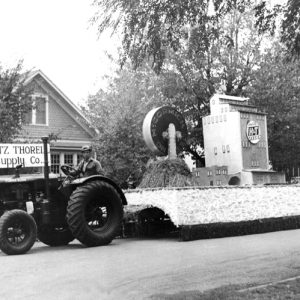 Rice Festival Parade Float
Rice Festival Parade Float
 Rice Harvesting
Rice Harvesting
Rice Industry
 Rice Seed Heads
Rice Seed Heads
 Rice Research Crop at the Dale Bumpers National Rice Research Center
Rice Research Crop at the Dale Bumpers National Rice Research Center
 Rice, Official State Grain
Rice, Official State Grain
Riceland Foods
 Riceland Foods Facility, Jonesboro
Riceland Foods Facility, Jonesboro
 Riceland Foods Facility
Riceland Foods Facility
 "The Most Beautiful Girl in the World," Performed by Charlie Rich
"The Most Beautiful Girl in the World," Performed by Charlie Rich
 Richardson Family
Richardson Family
 Riddell's Goldenrod
Riddell's Goldenrod
Riggs-Hamilton American Legion Post 20
Right to Work Law
aka: Amendment 34
 Billy Lee Riley Memorial
Billy Lee Riley Memorial
Rimrock Records
 Rimrock Record
Rimrock Record
 Rimrock Records Sign
Rimrock Records Sign
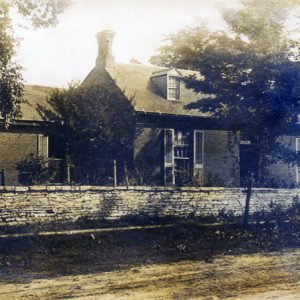 Ringgold House
Ringgold House
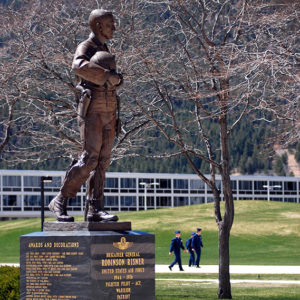 James R. Risner Statue
James R. Risner Statue




